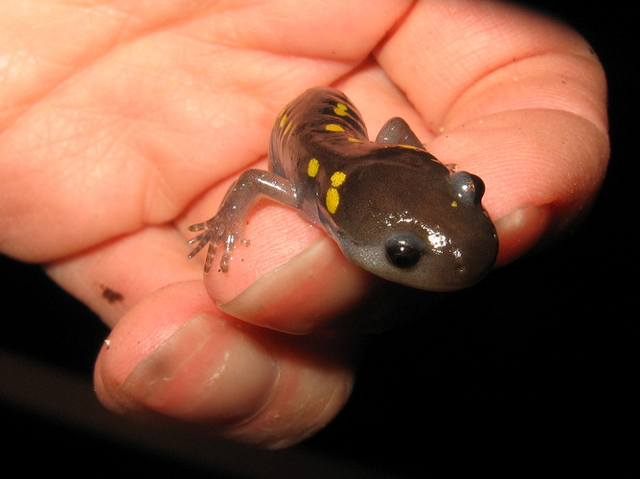Humans have some regenerative abilities but compared to creatures like the salamander, which has an amazing ability to regenerate after injury, we’re pretty limited. Not only are salamanders the only adult vertebrates able to regrow full limbs, they’re able to regenerate an impressive repertoire of complex structures including parts of their hearts, eyes, spinal cord and tails.
In recent years, researchers have been studying salamander regeneration in the hope that the knowledge gathered would contribute to understanding how can they regenerate, and how to promote human regeneration.
Although we do not yet understand the exact mechanisms by which salamanders are able to regrow their limbs, we do know that this animal regeneration takes place by the reprogramming of adult cells. This means that for regeneration to take place, adult cells – such as muscle cells – that form the limb have to lose their muscle identity and proliferate to give rise to new cells that will contribute to form the new structure.
This process is rarely found in mammalian cells and this has been suggested as the basis for their poor regenerative abilities. But clearly, unravelling the mechanisms underlying this reprogramming is central to understanding why certain vertebrates can regenerate their limbs while others can’t, and how to repeat this process in humans. If we were able to crack this puzzle, it could lead to strategies to enhance the reprogramming of cells from patients, and to better understand their disease and design appropriate cures.
We recently found a critical component of the reprogramming mechanism. In our study, published in Stem Cell Reports, we demonstrated that the sustained activation of a molecular pathway (a group of molecules in a cell that work together to control a particular function or functions) – called the ERK pathway – plays a key role during the natural reprogramming of salamander muscle cells. Only when the ERK pathway is constantly switched “on” are the cells able to re-enter the cell cycle, which is key to their regenerative potential.
We also compared salamander and mammalian muscle cells. In contrast to salamander cells, we found that mammalian cells can only activate the ERK pathway transiently, and fail to keep the pathway switched “on”. Critically, we found that if we forced these mammalian cells to keep the ERK pathway activated (by giving them a piece of DNA that allows them to produce a protein that activates the pathway), the cells could produce the proteins involved in cell cycle re-entry. This suggests that the manipulation of the pathway could contribute to therapies to enhance the regenerative potential in humans.
Our results also suggest that the ability to trigger sustained ERK activation may underlie the generation of cells with regenerative potential in different species. This also helps us understand vital and question of why only a few organisms can regenerate body structures, and limbs in the case of salamanders, whereas most cannot. All this bring us a step closer to being able to regenerate complex structures in humans.
Source: Live Science
http://www.livescience.com/46431-salamanders-give-clues-to-how-we-might-regrow-human-limbs.html


